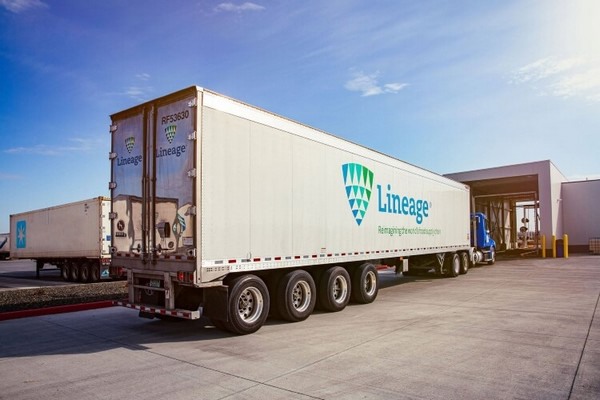The global food supply chain is one of, if not the most complex and important systems humanity has ever developed. From the first step of food processing and manufacturing, to storing the food in cold storage warehouses, to transporting and redistributing food all around the world, this integral structure is all about connecting people from around the world with the food they need. The incredible complexity and sheer number of moving parts involved in the supply chain means that it can be susceptible to dramatic shifts in cost. The component that's most prone to change is transportation.
As recently as 2021, U.S. transportation costs in logistics were in the ballpark of $1.2 trillion, for motor carriers alone, which only make up a fraction of the freight transportation sector. Factor in transportation via rail and overseas freight shipping, and it's easy to see how important it is to strategize modes of transportation. That's why, at Lineage, we emphasize smart strategies and diversification when it comes to transportation and redistribution.
By sea – optimizing the world's most popular transportation mode
When it comes to global food transportation, ocean freight is king. Nearly 60% of global food shipping happens by sea, which equates to billions of tons of food crossing the sea each year. For companies working in the supply chain, that means managing the complexities of these global shipments is a top priority. This complex system relies on effectively coordinating variables like customs brokerage, port drayage and integrating inland transportation modes once these food products reach shore. Not only that, but all of this needs to happen in a timely and efficient manner to ensure the safety and integrity of the food being transported. It's because of this that international ports have become a central hub in the global food supply. Ports act as vital nodes in our cold chain, connecting food from all over the world to the people who need it.

By road – trucks connect the global food supply to your town
The journey of food doesn't end at the dock. When it comes to inland food transportation, wheels on the road still reign supreme. As recently as 2023, more than 13 million tons of food were transported by truck. This incredible migration of food across the land is made possible by a combination of intricate transportation plans, efficient scheduling and robust networks of professional drivers and temperature-controlled trucks. Some of these strategies include optimizing load matching and focusing on the middle mile to reduce less-than-truckload (LTL) costs. At the end of the day, it's all about improving overall supply chain efficiency while maintaining food safety standards.
For more information: 
Lineage
Tel.: 1-800-678-7271
Email: [email protected]
